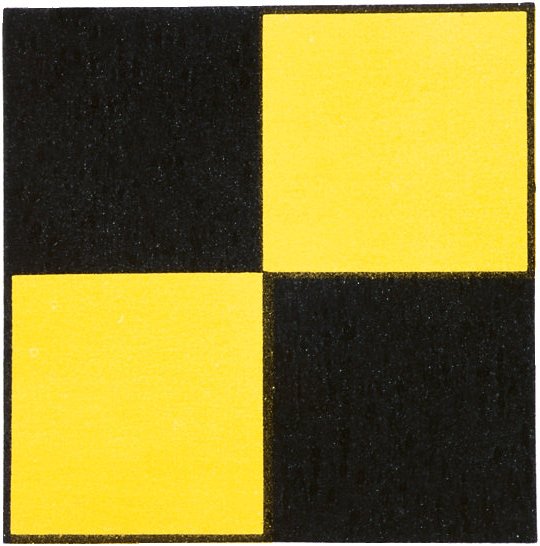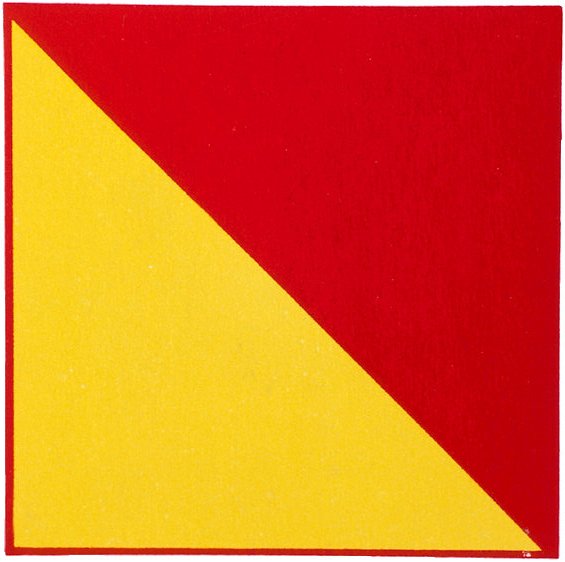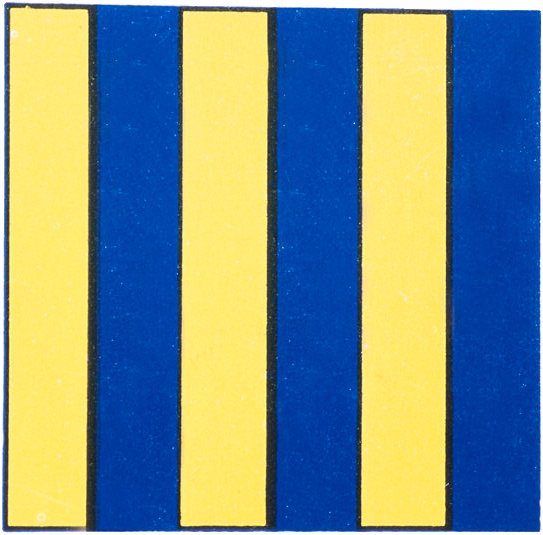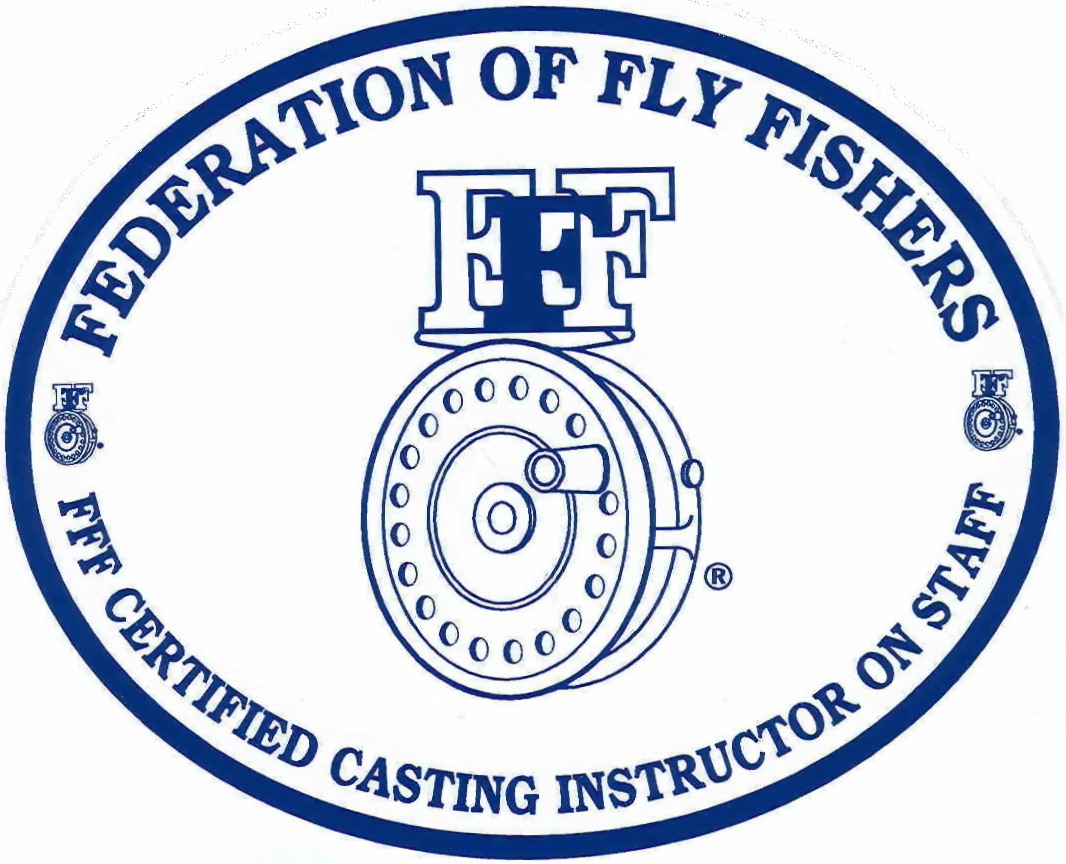General Angling Tips/Techniques
by Captain Jim Barr on 09/14/16
- Fish where flats meet deep water breaks.
- Fish where current meets or leaves a ledge and other structure.
- Fast moving water & turbulent water provides ambush points for stripers.
- Scout boulder fields and shoreline contours during low tides and mark them with your chart plotter. This is particularly helpful at night for wading anglers with a handheld GPS to allow you find these spots at night.
- Mark structure not on your chart with your GPS so you won't run afoul next time.
- Use "drift socks" (drogues) on your boat to counter the effects of wind and current.
- Use top water hookless lures as teasers in shallow or dangerous waters to prospect for fish.
- Use a heavy "river anchor" in muddy soft bottom areas where a traditional fluke type anchor will not hold.
- Stripers will stay on the flats all summer as long as the water temperature stays below 75F.
- Tides are critical, a flooding tide is typically more productive than an ebbing tide.
- When the flat is emptying, fish are hastily retreating off the flat to get to deeper water.
- When flats fishing from a boat look closely at the dark grass patches on the bottom where bass will be spending more time than over the white sand.
- Drape fishing nets over your outboard, hydraulic lines, cleats and any obstruction that can foul a fly line.
- Use blue painters masking tape to cover smaller fly line fouling areas such as cleats, rod holders, etc.
- Stay put when fish blow up. Resist the temptation to do large moves. Where possible drift through active areas several times. Some fish (False Albacore/ Bonito for example) will repeat a feeding pattern. The bait that fish crashed just minutes ago is still there and the predators will often times circle back.
- When fishing a surface frenzy, particularly tuna species, it often pays to dead-drift your fly pattern or use a very slow retrieve and to also vary the retrieve.
- During windy fall fishing... 8wt rods are generally not up to the task. Go with the heavier rod and the sinking line to power through the wind.
- Fish creating swirls may actually be 2-4 feet below the surface but because of their size and large tail fins, they are moving a lot of water.
- Feeding fish signatures- mornings generally provide the best conditions for spotting fish feeding during flat water conditions. Look for swirls, breaks, birds looping/hovering/dipping, baitfish spraying.
- Have your fishing partner cast into the immediate area of a fish being played. Oftentimes others will be closely following a hooked fish and they can be easily caught.
- Use a kayak or inflatable in combination with your "mother ship" to access hard to reach or private and delicate waters.
- On the Rhode Island flats you will rarely see bass feeding on top, they will be on the bottom scouting for crabs and shrimp.
- Always bring binoculars to spot fish and birds. Binoculars with a built-in compass allows for pinpointing a bearing in open water having few or no landmarks or navigational aids for reference.
Comments (0)





